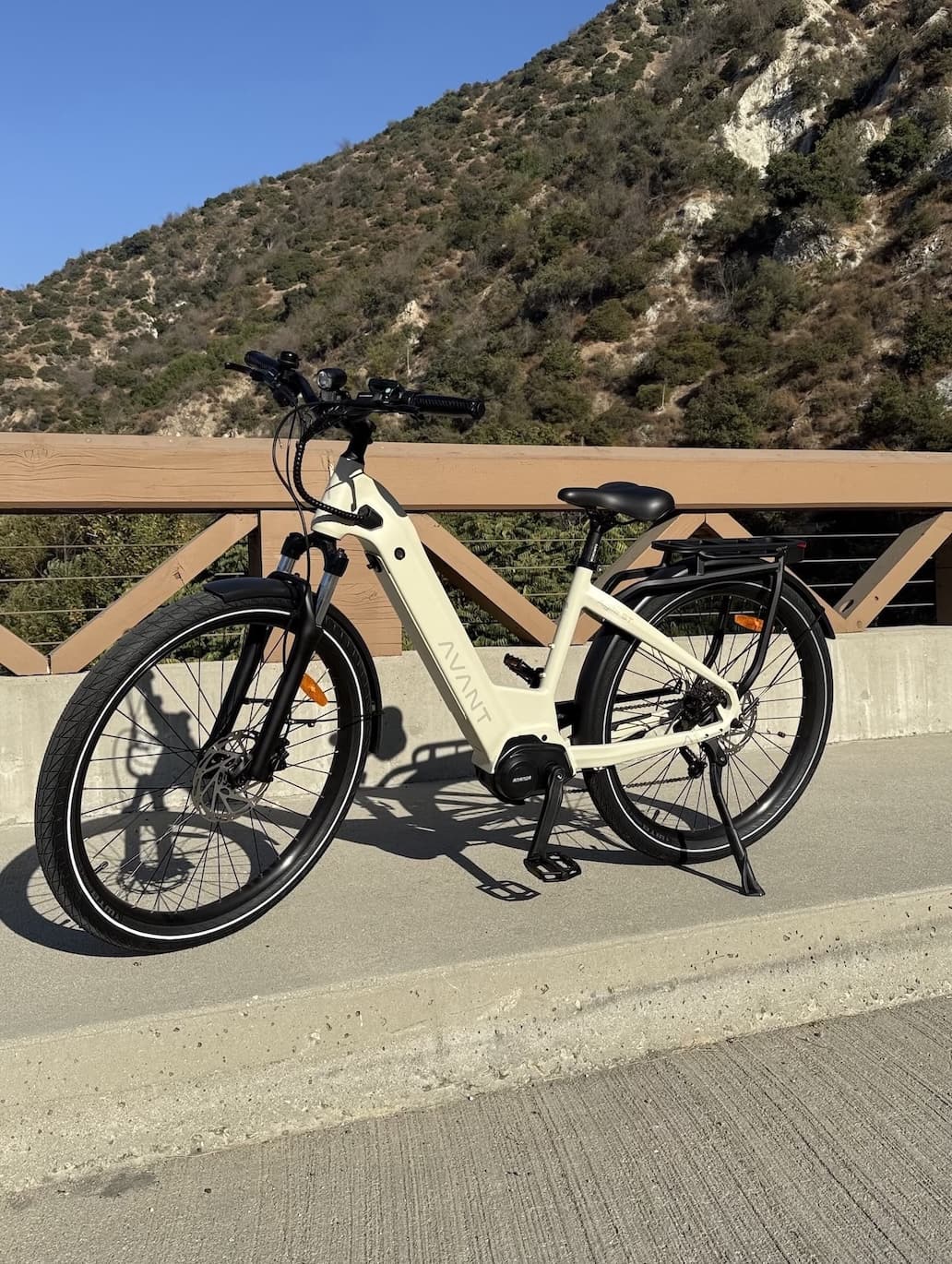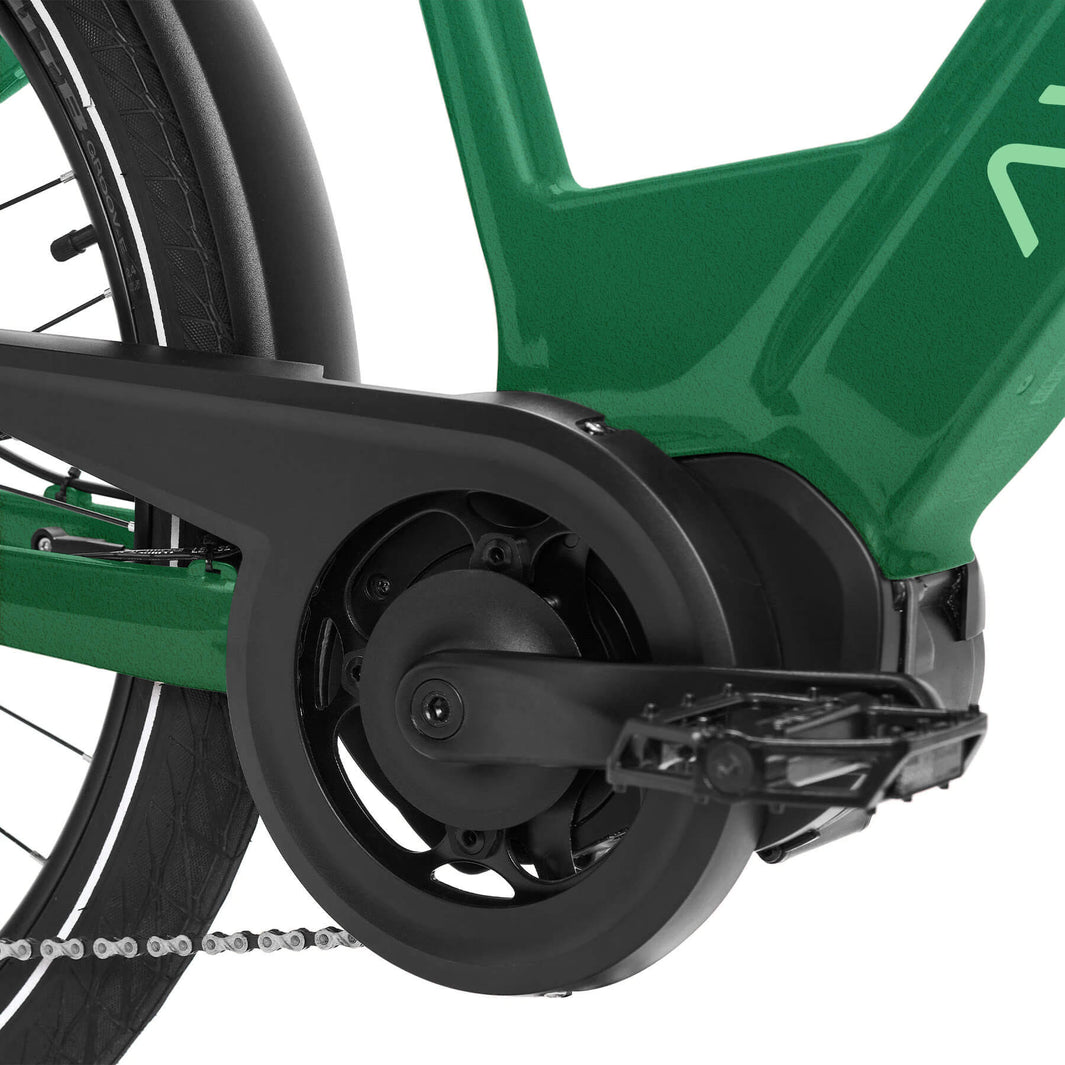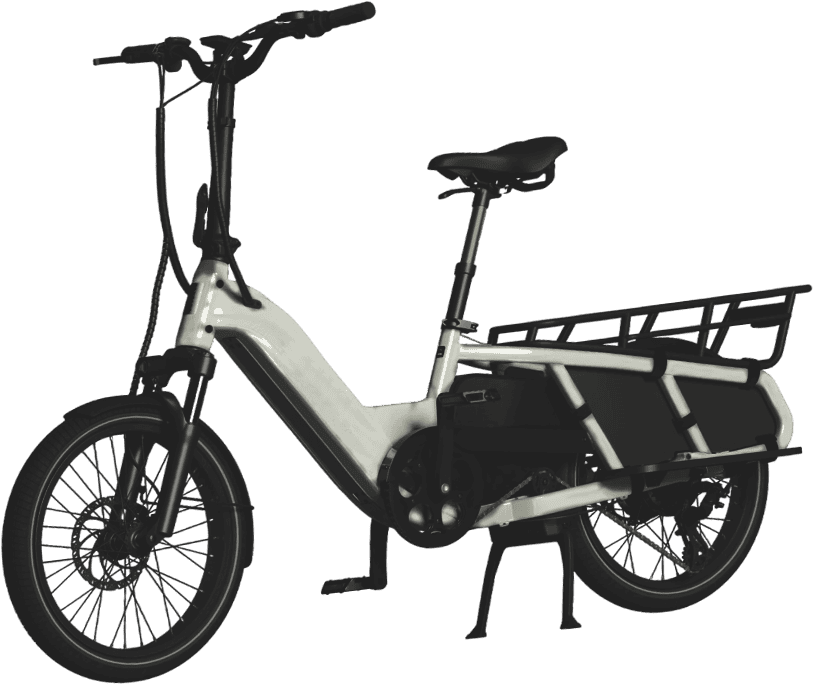Close your eyes and imagine a person riding a bicycle to get fit. What kind of bicycle is it – a traditional two-wheeler or an e-bike? Probably the traditional one. Indeed, electric bicycles are cheating. You will not burn calories on such a bike since the motor does all the work. Additionally, e-bikes are for seniors and lazy people. Or maybe not?
The rising popularity of electric bikes has sparked a lot of misconceptions, especially among fitness enthusiasts, claiming that the very concept of electric assistance contradicts the principles of a 'real exercise'. We will sort things out and debunk common myths to determine if fitness and e-bicycles can go together perfectly.
Do E-Bikes Really Help with Fitness?
To determine if ebike fitness training gives any results, we should first consider how electric cycles work. E-bikes have a battery-powered motor that engages when you push the pedals, giving you a boost to handle hills or ride through challenging terrain without exhausting yourself. Most e-bicycles also allow you to adjust the boost setting based on your fitness level. Anyway, you still need to pedal to get motor assistance.
Electric Bike Fitness vs. Traditional Cycling: Scientific Research
The research published in the TRIP journal shows that e-bicycle riders actually cover larger daily distances than conventional bike users (8 km vs. 5.3 km). At the same time, physical activity levels during their trips are quite similar – 1,735 MET minutes per week for e-bikers and 1,656 MET minutes per week for cyclists. That is, e-biking may be less intense per kilometer, but the increased travel distance compensates for this, resulting in comparable levels of overall physical activity.
In this regard, it’s safe to say that e-bikes help cyclists get fit and bring the same health benefits as conventional two-wheelers (improved cardiovascular health, better metabolic function, weight control, enhanced mental health, etc.).
Read Also: New York Electric Bike Laws and Regulations
How Many Calories Can You Burn on an Electric Bike?
E-bikes typically feature several pedal-assist modes (e.g., Eco, Tour, Sport, Turbo, and Boost), which determine the motor contribution and rider’s effort. With lower assist levels, you need more leg power to move forward, which leads to greater e-bike calories burn. Let’s consider the potential number of calories burned on an electric bike per hour if a rider weighs 155 pounds:
-
Low pedal assist modes (30-40% motor assistance): 300-450 calories
-
Moderate pedal assist modes (50-60% motor assistance): 200-300 calories
-
High pedal assist modes (70-80% motor assistance): 150-250 calories
For comparison, cyclists riding conventional bikes burn 400-800 calories per hour, depending on terrain and pedaling speed. Walking, in turn, helps burn 200-350 calories over the same time period.
Even though e-biking burns 20-30% fewer calories per hour than traditional cycling, the overall efficiency of electric bikes may be much higher since riders tend to cover longer distances during their trips.
Notably, the estimates can vary depending on several additional factors:
-
Terrain
-
Rider weight (heavier riders burn more calories as greater energy is required to move their body mass)
-
Cycling speed
-
Wind resistance
-
Riding style
The Best Fitness Electric Bicycles
The most efficient cycle models for e-bike training have several pedal-assist levels, powerful motors, and extended battery range. Below, we have listed different types of bicycles suitable for workouts alongside the best electric bikes in every category:
-
Commuter e-bikes: commuters are designed for daily training in urban environments. Opt for the Avant Agile bike to get the most out of cycling, as this powerful two-wheeler has a 9-speed gearing system, a mid-drive motor, and an extended battery range of 70+ miles. You can also switch between five pedal-assist modes to match your riding style and fitness level.
-
MTBs: mountain bikes are great for intense workouts across the off-road trails, and Avant FX-Series 750 is a go-to option for anyone willing to elevate their cycling experience. The model boasts adjustable air suspension, 750-watt motor, and fat tires for smooth handling on tough terrain, while a 45+ mile range encourages long adventures.
-
Hybrid electric bicycles: hybrid e-bikes are very diverse as they combine the features of multiple bike types. Most often, they are designed for urban commuting, but some models can also handle light off-road terrains (e.g., gravel paths). The most striking example is the long-tail Lagom bike, which can be used for fitness rides, cargo hauling, and family trips.
E-Bike Training Tips for Maximum Fitness
We have put together some useful tips to help you maximize the fitness benefits of your electric bike rides:
-
Use lower assistance levels
-
Ride longer distances
-
Include different challenges and terrains in your routes
-
Consider purchasing an electric bike trainer to ride your bicycle indoors while keeping it stationary
-
Make sure your bike fits you well to avoid strain and trauma
-
Go cycling regularly (4-5 times a week)
-
Use your electric bike for daily errands (to carry kids, groceries, etc.)
-
Monitor your progress and set goals to stay motivated
Common Myths about Electric Bike Fitness
We have already debunked the myths that electric bicycles are cheating and that they do not help burn calories. However, there are many other misconceptions about these 2 wheeled bikes. The most common ones include:
-
Myth 1: "Electric bicycles are too expensive". Although e-bikes may be more expensive than some non-electric cycles, they are still more affordable than cars. Plus, you may take advantage of financing options to make your purchase more cost-efficient.
-
Myth 2: "E-bicycles are heavy and hard to ride". Thanks to technological advances, the majority of modern e-bicycles are user-friendly and easy to handle. The weight of electric components is distributed properly, so the rides feel smooth even on the lowest assistance levels.
-
Myth 3: "You cannot ride electric bicycles in the rain". Most electric bikes can withstand all kinds of weather and have water-resistant components, allowing you to ride in the rain without damaging the bike. However, e-bicycles are not waterproof, so it’s not recommended to submerge them in water completely.
Also Read: What Is an Electric Bike (E-Bike)?
Conclusion
Despite the misconceptions you have probably heard about them, ebikes do indeed lead to better fitness results. It’s a smart, modern way to get more physical activity and improve overall health while reducing the environmental impact. So, it’s time to leave all those myths in the dust and hop on an e-bike to blend fitness, freedom, and fun in the most sustainable way!



